Section of Functional Materials and Nanotechnology

«Teaching does much, but encouragement does everything.»
- Johann Wolfgang von Goethe -
Prof. Dr. Christian Adlhart Head of Section Functional Materials and Nanotechnology
The Section Functional Materials and Nanotechnology research and development is done wherever materials are used at interfaces. For us, research on smart materials means developing fibers that deliver drugs to a specific target or that fulfill specific functions such as the separation of chromium from wastewater. This is achieved by selectively tailoring their surface functionality. Smart materials also involves finding ways to replace existing materials with biomaterials or synthesizing fibers that harvest CO2 from air. We generate our nanofibers by electrospinning in the laboratory and at pilot scale. We also have a wide range of microscopic and spectroscopic techniques for characterization and functional testing of materials.
Competencies and research
Opportunities for collaboration arise in the context of research and development projects, service contracts or bachelor and master theses in the following areas:
Functional- and biomaterials, nanotechnology
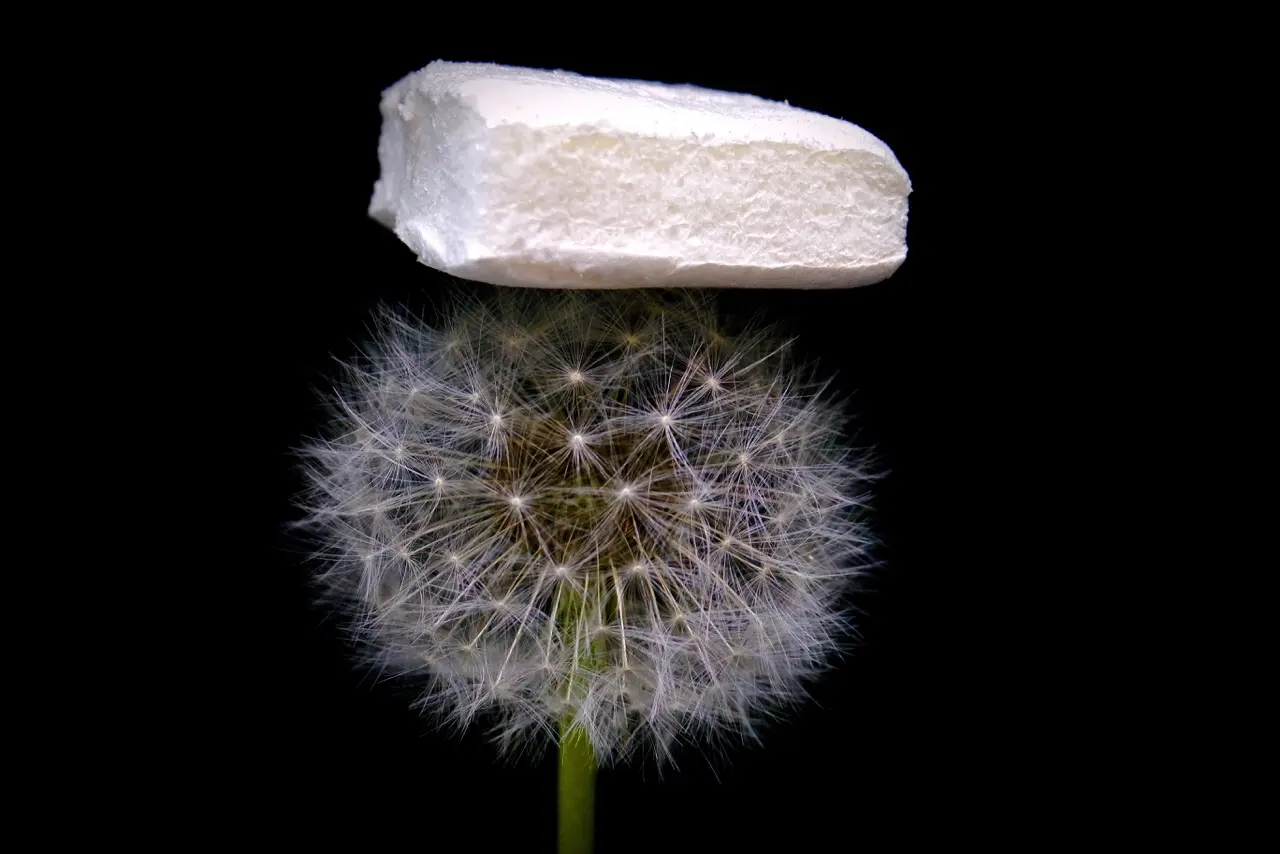
- Development of nanofiber-based membranes for filtration purposes
- Development of nanofiber-based highly porous sponges for tissue engineering
- Encapsulation and controlled release of active ingredients using nanofibers
- Development of nanofibers from biomaterials such as carbohydrates, chitosan, or proteins
- Stabilization of molecules by entrapping them into nanoporous materials
Surface analysis
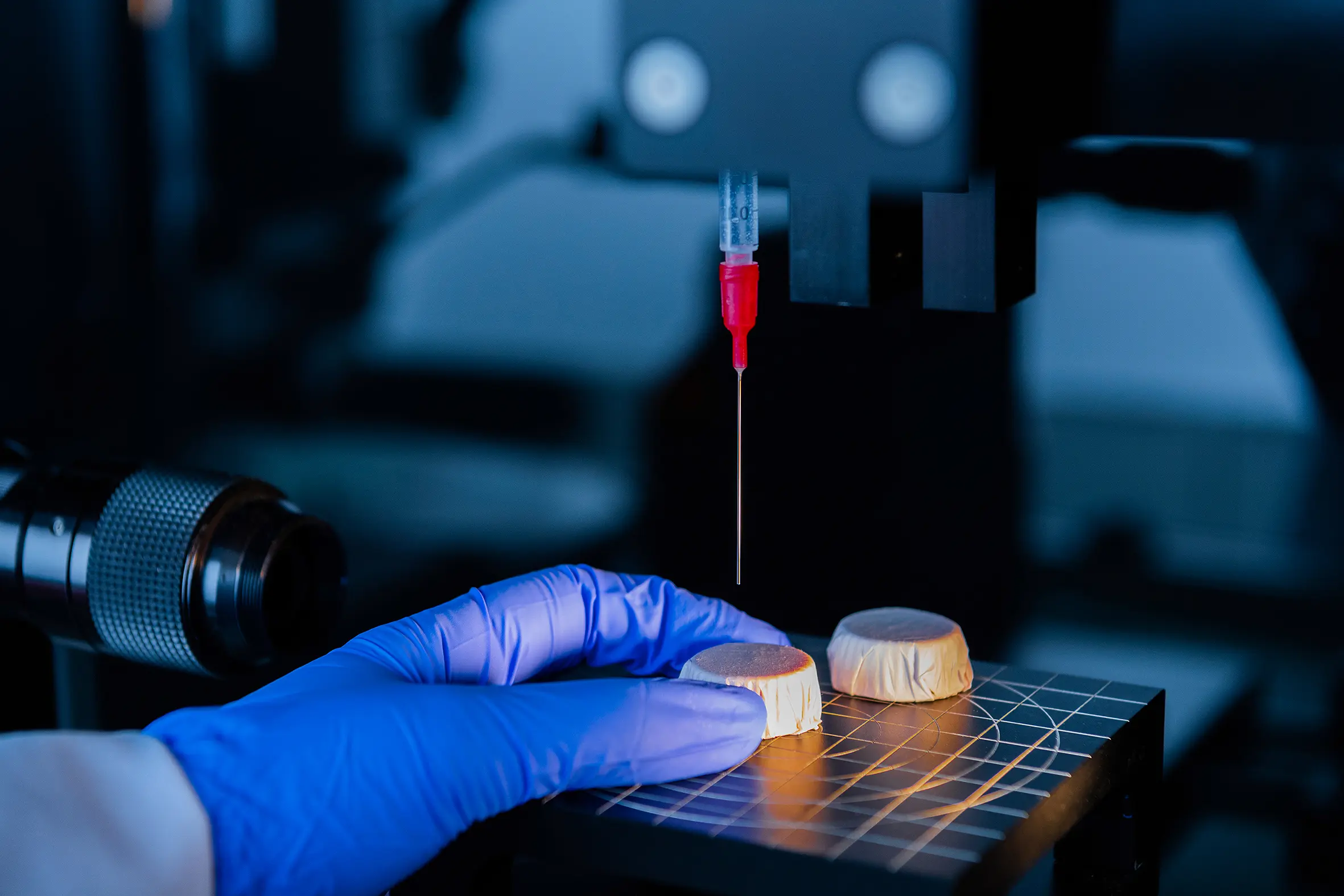
- Analysis and evaluation of surfaces by scanning electron microscopy (SEM)
- Analysis of surfaces by confocal Raman microscopy
- Measurement of surface charge (zeta potential) of powders, fibers, and membranes by measuring the streaming potential
- In-vivo/in-vitro studies on skin penetration of active ingredients
Filtration technology
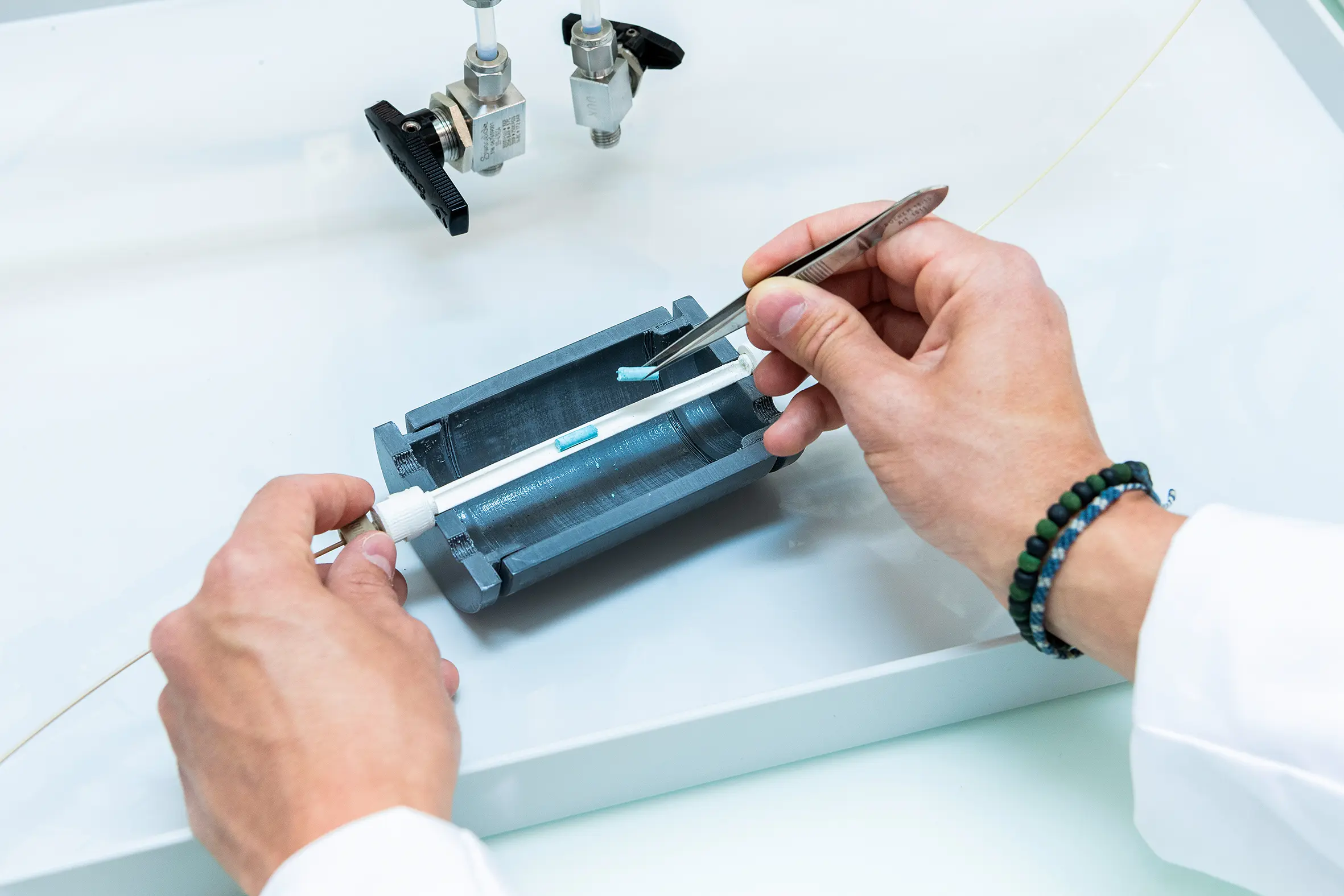
- Advice on the selection of suitable filtration systems and filter aids
- Systematic investigation and selection of filter aids
- Depth filter sheet development - use of novel fibers and/or inorganic materials
- Tailor-made filtration products for the targeted removal of contaminants
- Services for the optimization of industrial filtration processes
Special techniques
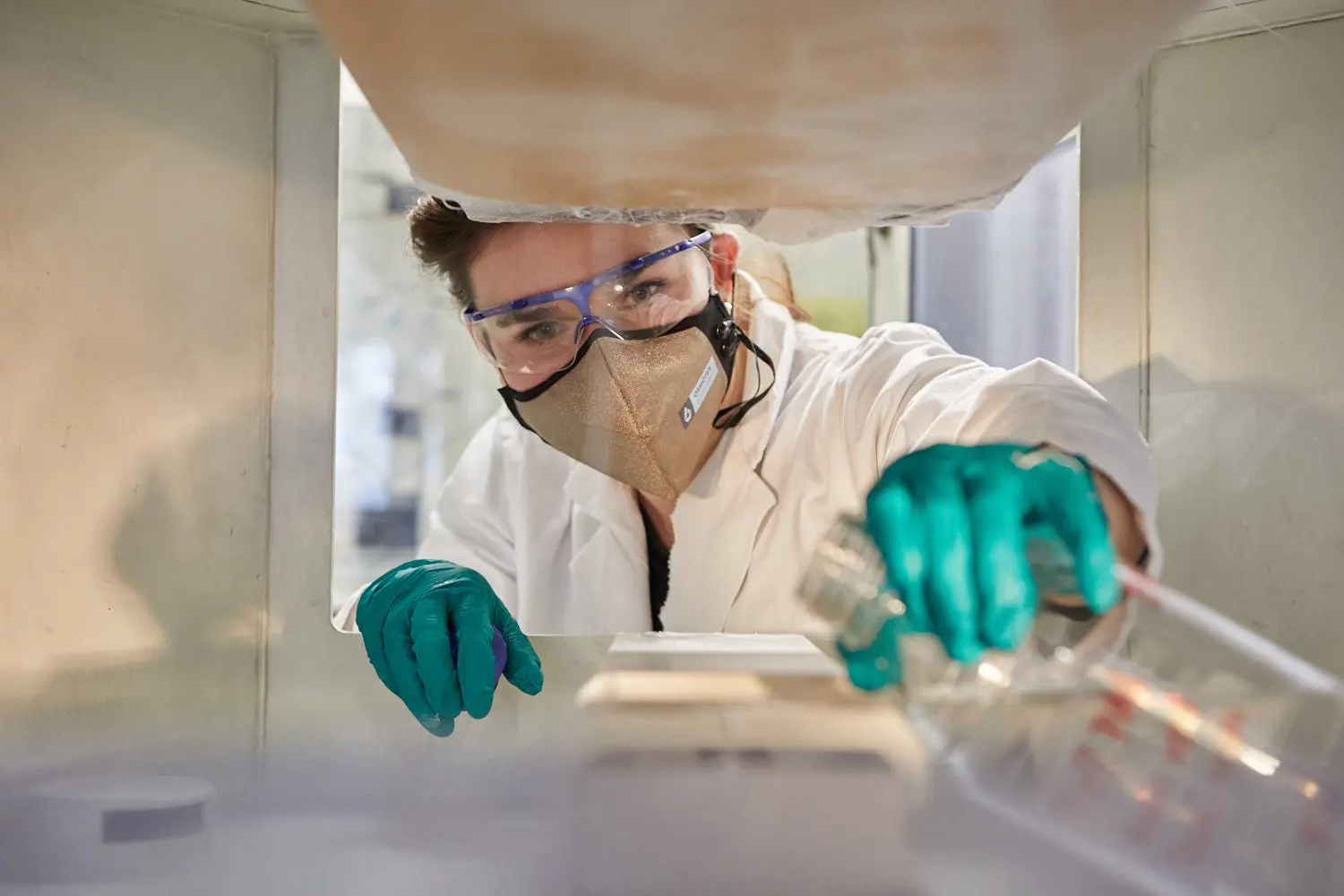
- Field emission scanning electron microscopy (SEM) with EDX
- Confocal Raman microscopy (532, 671, 785 nm)
- Fluorescence-free Raman spectroscopy
- Multiphoton microscopy
- In vivo Raman microscopy (RiverD Model 3510 Skin Composition Analyzer)
- Zeta potential measurement
- BET surface area measurement
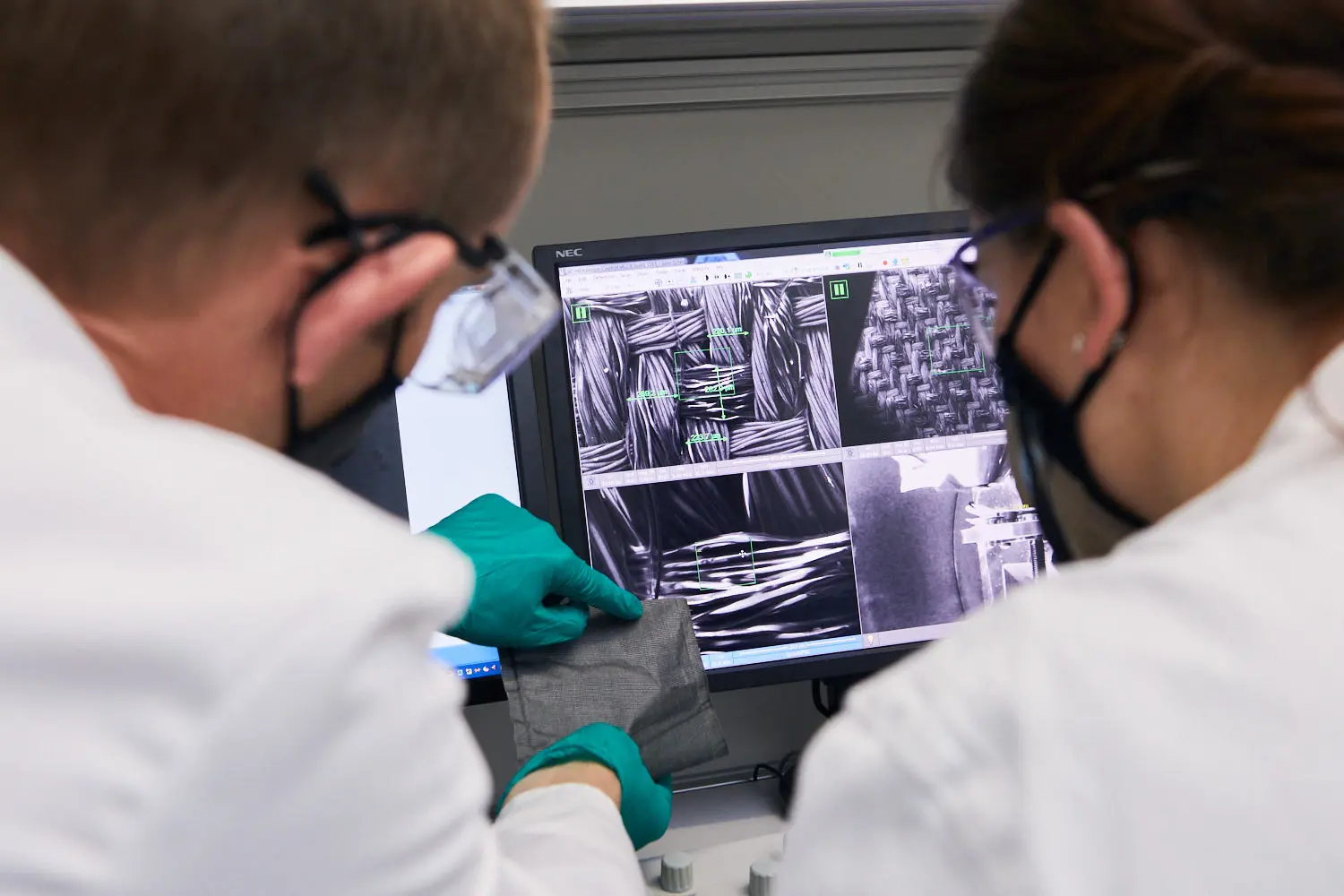
- Pore size analysis
- Particle size determination (DLS and NTA)
- Dynamic contact angle measurement
- Electrospinning equipment on at pilot scale
- Laboratory filtration equipment (depth filtration and microfiltration)
Publications
-
Von Philipsborn, Flavio Augusto; Adlhart, Christian,
2025.
Towards biocompatible cellulose nanofiber sponges with tailored pore geometries[paper].
In:
Swiss Chemical Society (SCS) Fall Meeting, Fribourg, Switzerland, 5 September 2024.
Swiss Chemical Society.
pp. 232-236.
Available from: https://doi.org/10.2533/chimia.2025.232
-
Mol, Gioele; Fialová, Christina; Adlhart, Christian,
2024.
Rapid preparation of electrospun nanofibre sponges through supercritical CO2 drying.
Materials Advances.
5(9), pp. 3929-3939.
Available from: https://doi.org/10.1039/D3MA00781B
-
Rimann, Markus; Jüngel, Astrid; Mousavi, Sara; Moeschlin, Nicole; Calcagni, Maurizio; Wuertz-Kozak, Karin; Brunner, Florian; Dudli, Stefan; Distler, Oliver; Adlhart, Christian,
2022.
Cells.
11(3), pp. 445.
Available from: https://doi.org/10.3390/cells11030445
-
Mousavi, Sara; Filipová, Lucie; Ebert, Jürgen; Heiligtag, Florian Johannes; Daumke, Ralph; Loser, Werner; Ledergerber, Bettina; Frank, Brian; Adlhart, Christian,
2022.
Clarification of yeast cell suspensions by a highly porous polyamide nanofiber sponge.
Separation and Purification Technology.
284(120273).
Available from: https://doi.org/10.1016/j.seppur.2021.120273
-
Risch, Patricia; Adlhart, Christian,
2022.
The separation power of highly porous 3D nanofiber sponges.
Chimia.
76(4), pp. 354-360.
Available from: https://doi.org/10.2533/chimia.2022.354
News
Integrated Bio-based Materials Value Chains(PDF 477,7 KB) (Transfer Special 2/2022)
Processing biopolymers into 3D nanofiber sponges(PDF 85,7 KB) (Transfer Special 2/2022)
Filtrieren nach dem Austern-Prinzip(PDF 3,9 MB) (Transfer 2-2021)
Austern-ähnliche Nanofaserfilter gegen Mikroplastik entwickelt
Bessere Luftfilter und Textilien, die sich selbst desinfizieren(PDF 508,6 KB) (Auszug Impact 49/2/2020)
Auf der Suche nach dem perfekten Atemfilter(PDF 356,2 KB) (Transfer 1/2020, German)
Wie eine digitale Plattform aus Abfällen Ressourcen macht(PDF 207,8 KB) (Auszug Impact 3817)
Mit vereinten Kräften zum in vitro Blutgefäss(PDF 611,9 KB) (Transfer 2/2016)
Tailored Nanochannels(PDF 217,6 KB) (Transfer 3/2015, German)
Dünne Fasern - Grosse Wirkung: Mit Elektrospinning zu neuen Produkten(PDF 2,0 MB) (German, TextilPlus 5+6/2014)
Innovatives Terrain für Nanofasern(PDF 8,8 MB) (Reportage in ChemiePlus 9/11, German)
Dem Menschen in die Haut geschaut(PDF 104,9 KB) (Transfer 2/2011, German)
Vliese aus Nanofasern als vielseitige Funktionsmaterialien(PDF 78,7 KB) (Transfer 2/2010, German)
Zetapotenzialmessungen zur Charakterisierung von Oberflächen(PDF 131,5 KB) (Transfer 3/2009, German)

